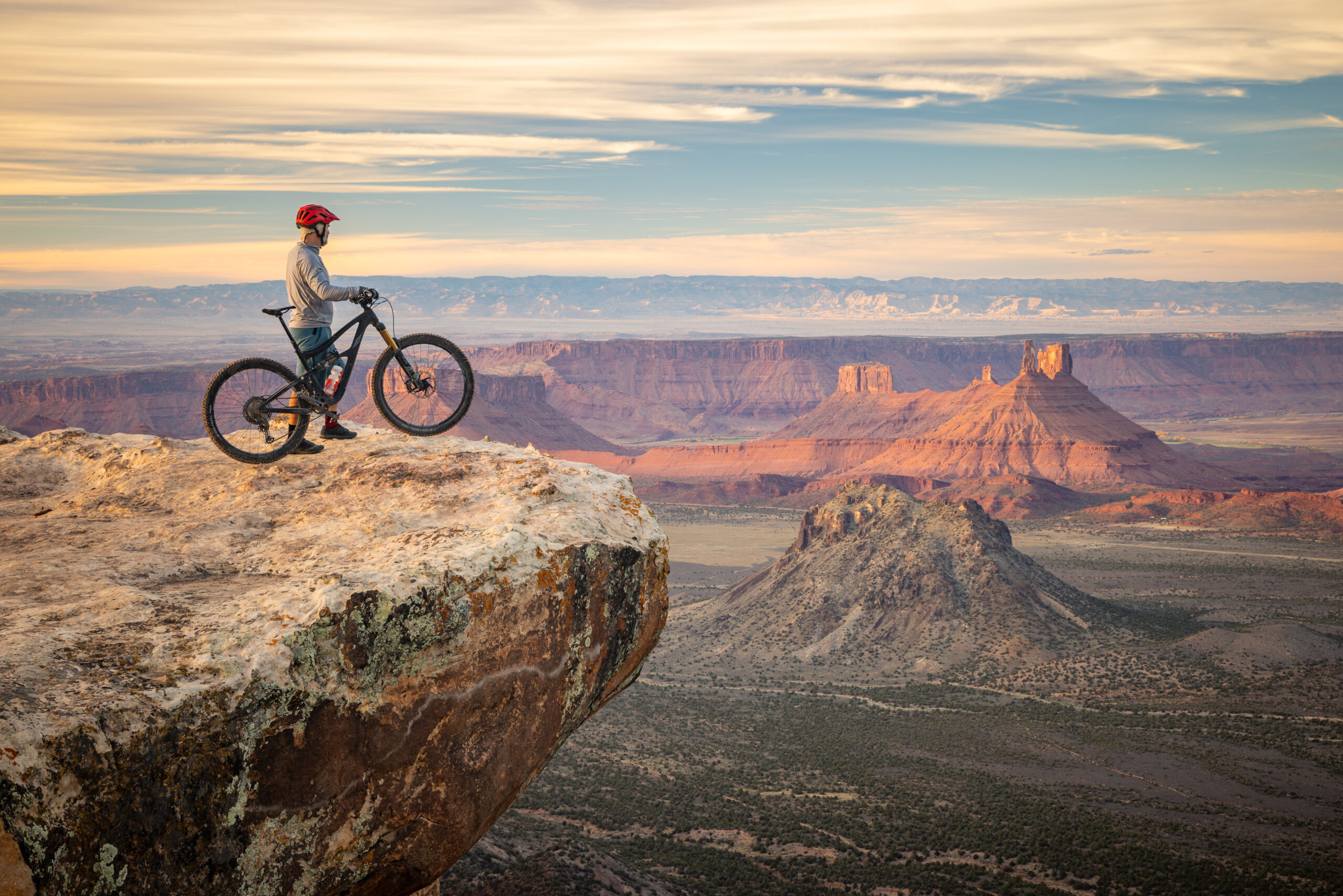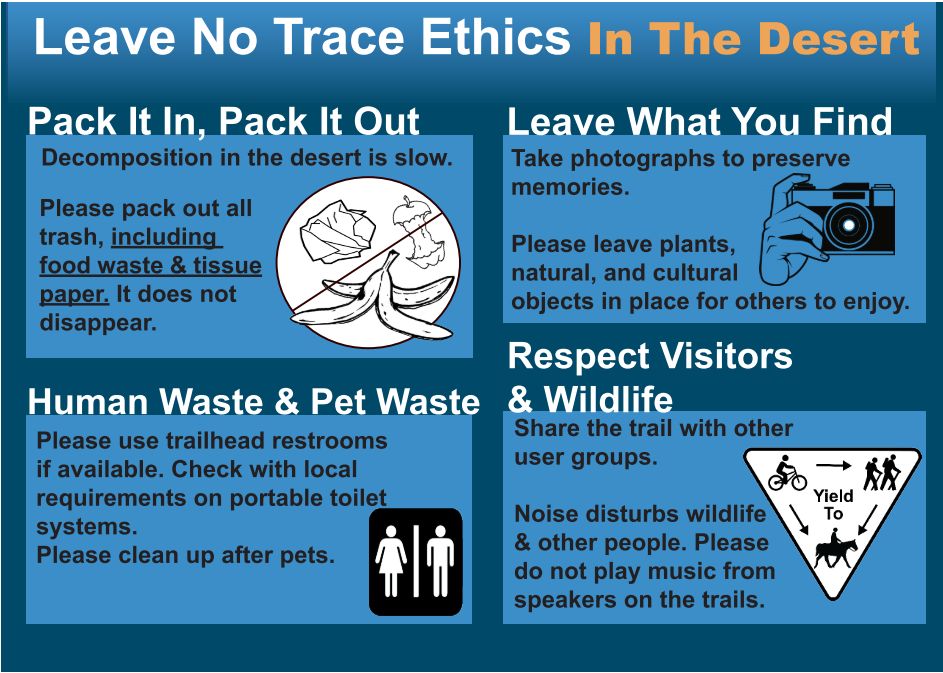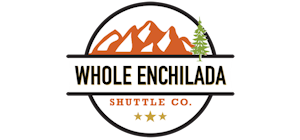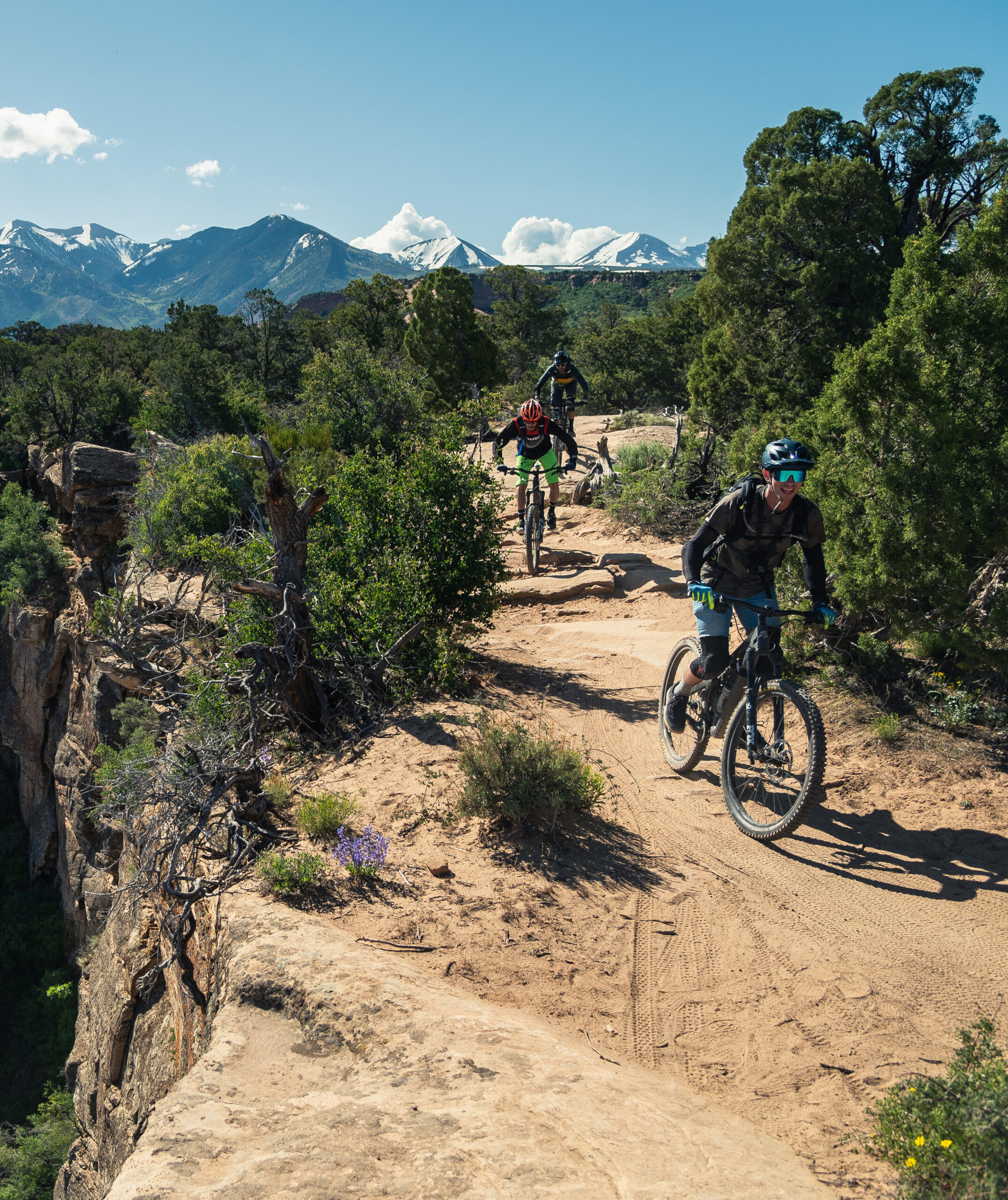
Riding in Moab
Riding bikes in Moab is an outstanding experience though it’s uniqueness presents distinct characteristics to factor into your riding. For many visiting riders the desert is vastly different from home trails, we encourage riders to review this information to prepare for a responsible, safe, and enjoyable Moab riding experience.
Riding in the Desert
The Desert is Hot! While this is not the case year round, Moab experiences extremely high temperatures that at times, exceed 100°F. Prime time for riding in the desert begins in March and goes through May and again through September and October. During this time of year temperatures can change vastly in the course of a day, especially when riding the Whole Enchilada. Temperatures can vary up to 20°F or more throughout the course of a Whole Enchilada ride. Layers are the key to dressing these times of the year. Be sure to check the weather prior to your ride and if necessary don’t forget your rain jacket.
It is possible to ride in the summer months, June-August, though proper preparation should be taken seriously. You will find locals covered in long-sleeved sun hoodies, it is an excellent way to keep covered from the sun, but don’t forget your sunscreen as well.
Start early, get up with the sun and get on the trail, at times it is already 80°F at 7am. Evening rides are also a good time though they are not as cool as the morning. WATER, WATER, WATER, WATER, WATER!! It is crucial to carry plenty of water on your rides, you will not find sources along the trails and shade is sparse. It is recommended 1 gallon of water per person per day. High energy snacks are also super important and we recommend electrolytes too.
Keep in mind, “They never say anything in the brochure about the wind”. It is not uncommon for us to have days with winds consistently above 20mph, and it is possible you may experience high winds on your ride.
Plan Ahead and Prepare
Familiarize yourself with the trail info prior to riding. Download and/or carry maps with you and know how to find your position. Trailforks and MTBproject are helpful apps when on the trail, make sure you download the trail maps before departure, and paper maps can be purchased at Poisons Spider Bicycles. Discover Moab is a great source for local trail information https://www.discovermoab.com/mountainbiking/
Follow Moab Trail Mix on Facebook and Instagram, they are an especially great resource in the winter and spring, posting weekly mud reports.
The following items should be considered essentials on your ride: Helmet, water, proper footwear and clothing, sunscreen, snacks, map, and a repair kit including a spare tire. First aid items are also highly recommended.
We discourage riding alone, though if it is unavoidable, please inform someone of your intended destination. That way, if you do not return, rescue crews know where to begin looking.
Check your bike before getting on the trail to make sure everything is in working order, all bolts are tight, and your tires are holding air.
Moab Specific Trail Concerns
The Desert is Fragile! The soil in the Moab desert, known as cryptobiotic soil or biological soil crust, is alive! Often referred to as the backbone of the desert, it is what allows our vegetation to grow and thrive. Composed of algae, fungi, lichens, and cyanobacteria, it retains water for, and provides essential nutrients to our desert flora. It creates a web across the surface of the desert that prevents the soil from eroding away, taking the plants with it. It is for these reasons why it is important to stay on the trail as to not damage the soil that is so critical to this area.
Leave No Trace

*Use a WAG bag for the disposal of human waste, it is illegal to bury in Grand County
In Case of Emergency
Grand County Search and Rescue is the busiest search and rescue team in the state of Utah. Most evacuations are lengthy, difficult, and very costly. Do your research before recreating and know your limitations to decrease the potential need for a rescue. We understand that accidents are just that, accidents. If it is an emergent or life threatening situation definitely call 911, if it is non-emergent do your best to self rescue.
The Whole Enchilada has 4 bail out locations along it, riders should familiarize themselves with these exits, in the event one is needed. The top of the Porcupine 4×4 road is the last bailout before riders begin accessing remote areas. The average porcupine rescue is 8 hours. Riders now have the option of an alternative finish to the Whole Enchilada before committing to Porcupine. Sand Flats Road is the road used to bail out on the Whole Enchilada. It is a downhill trending gravel road, if you are able to ride your bike or even coast, it may take time, but you can get out pretty easily. If you are unable to ride due to injury or mechanical issues, stay where you are and send a member of your party to get a vehicle to retrieve you. We do not offer bail out pickups.
You should take the Raptor Route if…
- You are looking for an easier ending to the Whole Enchilada.
- You are having technical issues with your bike.
- You are feeling tired from what you have already ridden.
- You are out, or nearly out of water.
- You are struggling with the heat.
- You are looking for a fun intermediate ride.
Grand County Search and Rescue recommends taking a cell phone – “Even though cell service is a hit-and-miss proposition in this area, cell phones have helped GCSAR save numerous lives. Make sure your battery is fully charged and leave the phone off unless absolutely necessary. If you call 911, we should automatically get coordinates for your location if you stay on the phone for about a minute. Sometimes, texting can work in areas where voice service does not. If you are unable to connect via 911, try texting a friend to call 911. Cell phones usually work if you are up on a mesa, but do not work well down in the canyons.”
Visit the GCSAR website for more information: https://www.grandcountyutah.net/902/Preventive-Measures

